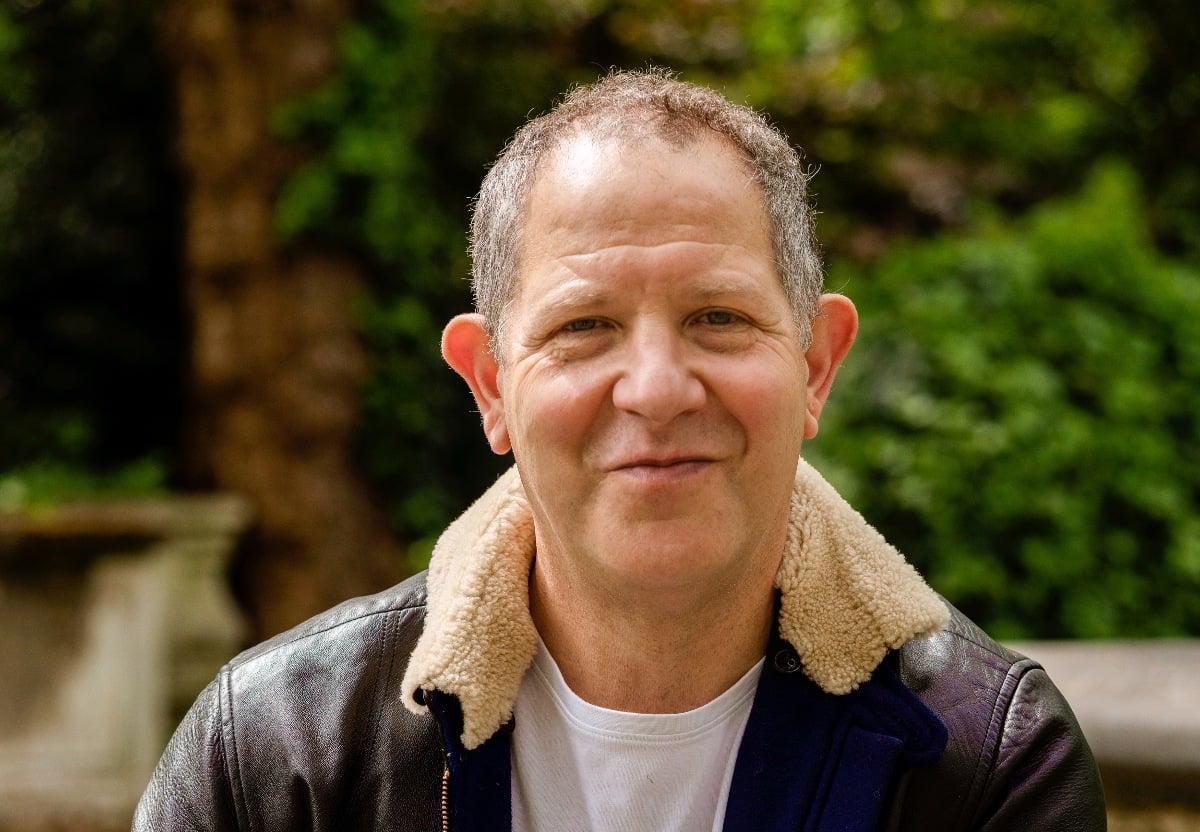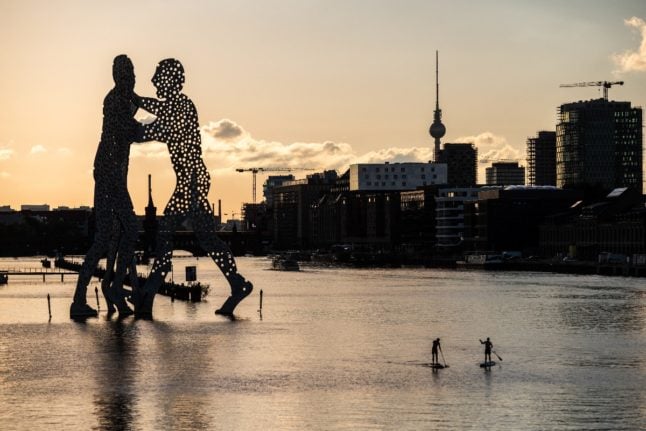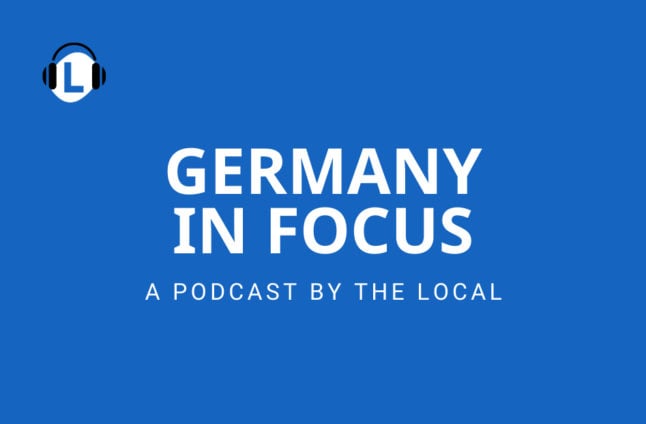Whether it’s fleeing trauma, looking for a better life or soul searching, people have flocked to Berlin at different times throughout history.
What is it that makes this European capital such a draw?
British author John Kampfner’s new book In Search of Berlin, The Story of a Reinvented City, which comes out this week, told The Local’s Germany in Focus podcast that he believes it’s down to several factors, including Berlin’s image as a city of refuge and as a place to be yourself in, as well as the city’s ability to reinvent itself.
“Berlin is a city of trauma,” Kampfner said. “It has unleashed as we all know, famously, infamously, in the 20th century, so much trauma. But at the same time, it has always been – and not just in modern times but in the past – it has always been the place where the traumatised have gathered.
LISTEN: What’s at stake in Bavaria’s election and what attracts so many people to Berlin?
“I mean, the Huguenots trying to find some place to live when they were kicked out from France, the Russians after the revolution in 1917, the Jews all the way through in medieval times. Whatever the horrors of the 20th century, Berlin was regarded as more enlightened, or a little bit less unenlightened than so many other parts of Europe at the time.”
Kampfner said this trend can also be seen in the present day. Statistics show nearly a quarter of Berlin’s population has a migrant background.
READ ALSO: IN NUMBERS – who is coming to – and leaving – Berlin?
“You have in 2015 the Syrians, the Afghans, the Iraqis and others, and now the million plus Ukrainians. It’s not just those sort of refugees in that sort of conventional sense. There’s so many people I know whether they’re Italian or Brits, or French, or Australians or Israelis or whatever who come to Berlin, just because it’s the place where you can discover yourself.”
Kampfner described Berlin as an “incomplete” city, adding that this could be “what attracts so many people”.

“I quote at the beginning of my book, the architect, David Chipperfield, you know, famous for the Neues Museum and many other great Berlin and German buildings, as saying, ‘it is a place where you can paint on to, it is a canvas’, added Kampfner.
“You know, it’s been a horror city. It’s been a military city. It’s been a debauched city. It’s been an incredible liberal city. And it feels now to be a kind of mixture of so many things. It’s also quite a young city, but it’s also a very, very chilled city, but it’s a city in constant development.”
Kampfner, who worked as a foreign correspondent in East Berlin before the Wall came down, said his extensive research for the book particularly in the last five years led him to discover even more corners of the city and the surrounding area, while helping him to forge a deeper understanding of Berlin.
“The whole relationship with history is just so endlessly fascinating,” he said. “I don’t think there are many memorial places and places of extraordinary moment, and usually horror, that I haven’t been to – I mean from the Nazi era and also in in the GDR (German Democratic Republic) times.
He talked about visiting Hohenschönhausen, the Stasi prison, in former East Berlin on a typical Berlin dark winter’s day.
“It was truly horrific, because you’re always shown around by someone who was a former inmate,” said Kampfner. “This woman who was showing us around.. and this was more than 30 years on, she was still full of rage.
“Really it’s that sense to which history is still hugely unresolved. In Germany, and particularly in Berlin. I mean, huge amounts of work have obviously been done on the Holocaust and the war, but actually not that much has been done on the GDR (German Democratic Republic).
“Berlin is kind of constantly reliving its history, and the weirdness about it is there’s history everywhere, but you can’t see it, because most of the buildings, you know, were long ago flattened.”
Kampfner, who also wrote ‘Why Germans do it Better’, said he was inspired to write about Berlin because of his long history with the city, while the UK’s exit from the EU prompted him to “reconnect with Germany”.
“And I’ve never looked back,” he said.



 Please whitelist us to continue reading.
Please whitelist us to continue reading.
Member comments